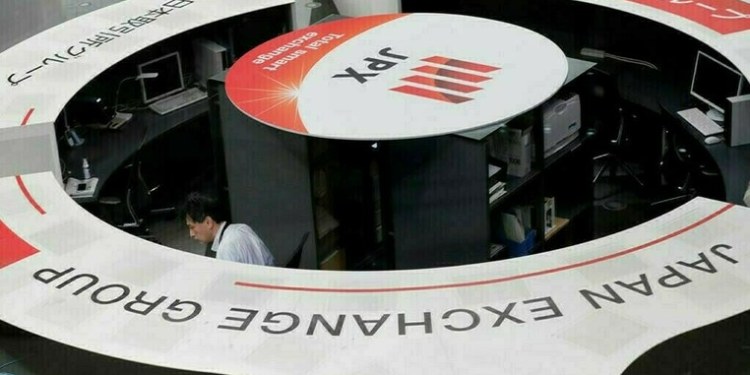 © Reuters.
© Reuters. Investing.com – Hedge funds chasing the upside in oil are watching a potential trade deal and the stock market, despite signs that U.S. crude at closer to $60 a barrel could also bring new shale supply.
New York-traded West Texas Intermediate crude traded at around three-month highs on Tuesday as Wall Street’s three main stock indexes stayed in positive territory on hopes that the U.S. and China will hammer out a deal to end their protracted trade war.
U.K. traded Brent, the global oil benchmark, was slightly lower after tanker loadings showed Iran’s crude exports were higher than expected in January and at least holding steady this month, as some customers increased purchases on waivers from U.S. sanctions. Iranian oil shipments are averaging 1.25 million barrels per day (bpd) in February, higher than estimated earlier, Reuters reported.
was up 32 cents, or 0.6%, at $56.30 per barrel by 1:16 PM ET (18:15 GMT).
, the global oil benchmark, was down 30 cents, or 0.5%, at $66.20 per barrel.
“If anything, the price action today leans a bit bearish to me as we have lost the support of products and Brent with weaker products spreads and weaker Brent spreads,” said Scott Shelton, energy futures broker at ICAP (LON:) in Durham, N.C.
“The question is, will the market care about any of this as the flows have switched to buying on the CTA side,” Shelton said, referring to Commodity Trading Advisors, the market terminology for hedge funds.
Year to date, WTI is up about 23%, having risen around $14 a barrel from Christmas Eve lows of under $43. Brent is up 22% on the year, rising some $12 barrel from its Dec. 24 bottom.
Much of the rally in oil is the result of production cuts by Saudi Arabia, which has been slashing output more aggressively than it committed since December to salvage a market that lost 40% of its value in the fourth quarter of last year. In January, Saudi output fell to 10.213 million barrels per day versus a pledged 10.3 million bpd.
Up until now, the Saudis have been targeting their production cuts on the heavier oils they ship to the United States.
But a Reuters report on Tuesday said Saudi Arabia also plans to reduce light crude oil supplies to Asian customers for cargoes loading in March in an attempt to prevent Asian stockpiles of light crude from building. In the past, the Saudis did not limit providing their Asian customers supplies of Arab Extra Light crude above contractual volumes.
The Saudi move to cover more bases with their production cuts could, however, eat into their prized market share in Asia, especially if U.S. producers encroach into that turf.
Boosting the significance of U.S. crude production, Indian Oil Corporation said it has signed a $1.5 billion deal to buy oil from the United States in an effort to reduce dependence on traditional suppliers.
This was the first term contract finalized by an Indian oil company for import of U.S.-origin crude grades, the IOC said in a statement on Monday. interestingly just a day before Saudi Crown Prince Mohamad bin Salman was to begin his visit of India.
Some traders also point to the likelihood of U.S. shale production ramping again in coming months with WTI nearing $60 per barrel.
Last week, the U.S. oil rig count published by Baker Hughes rose for a second week in a row after falling to a nine-month low of 847 at the end of January.
Source: Investing.com



























